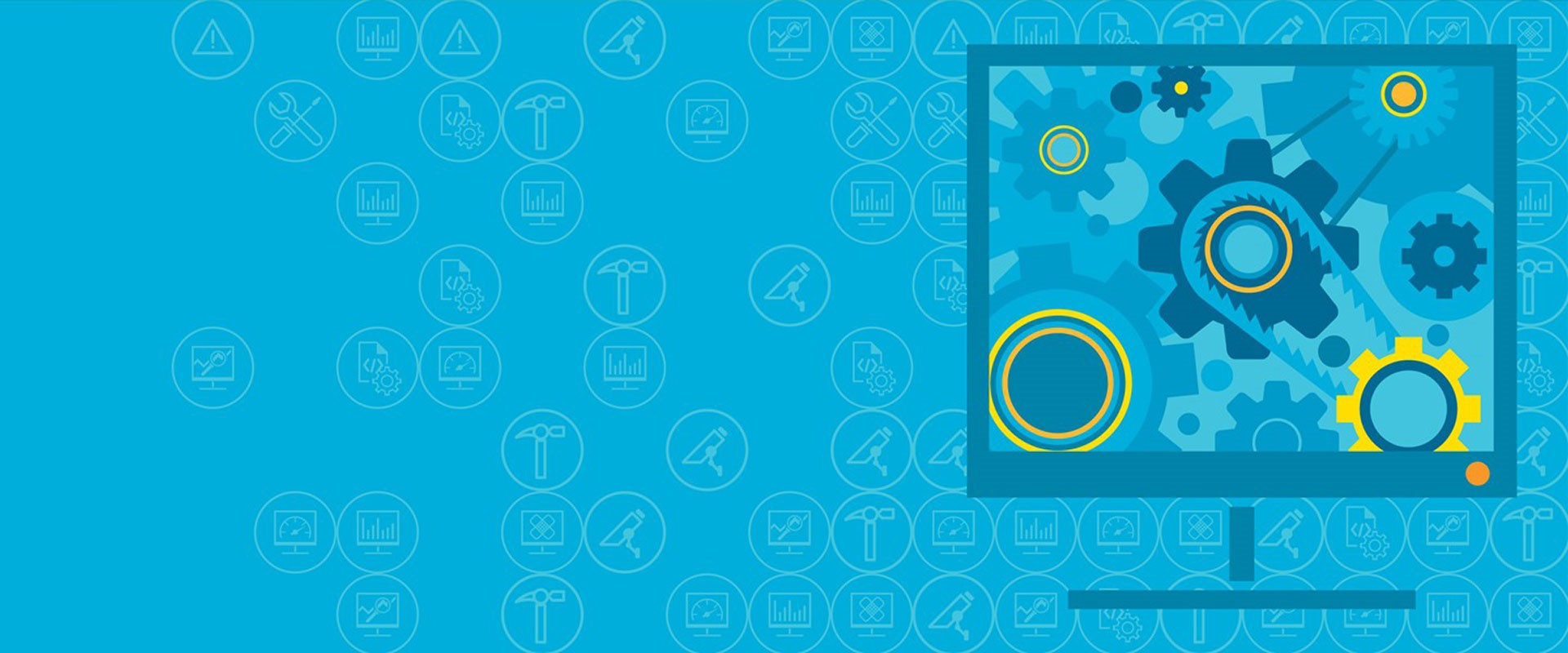After weeks of planning and working together to create a new website, the day the site goes live, and the vision becomes a reality is all very exciting. In that moment, and having built a shiny new website, you’re not thinking about all the things that could go wrong. What if the website gets hacked? The internet is by nature ‘open’ so every site has a level of vulnerability - we’ve all read stories about even the biggest sites including banks and government organisations being compromised. Or what if the business evolves and the website needs to keep up?
Having a website without maintenance and support is like driving a car without insurance and AA Recovery, you can hope for the best, but it’s a risk and issues that may seem small can have a cumulative impact with commercial implications, such as a loss of ranking, traffic and even sales.
Here are just some of the key areas that need to be monitored on an ongoing basis;
Cybersecurity: Every site is vulnerable to cyberattack, and it can happen to anyone, whether it’s stealing data or using you as a spamming proxy, and the operational risks by far outweigh the cost of ensuring the site is fully secure.
Back-ups: A key part of website maintenance is keeping back-ups, so there is no change in service and the site can be restored quickly even if there is a security breach.
Link checking: Checking that all internal and external links are still working is vital, broken links should be disabled or corrected as soon as possible to avoid affecting Google rankings as well as the user experience. Broken forms could also mean you lose out on data capture and conversion opportunities.
Site speed: Site loading issues can lead to a high bounce rate and as speed is a factor in SEO, this can affect your Google rankings. Image size is one of the things that can impact on site speed so monitoring this regularly and optimising is crucial to a well-maintained website.
Regular updates: Regular updates to content management systems and to the code are critical to ensure the site remains optimised and does not become a target for hackers. The software vendors release various patches constantly to address any issues, including security, that they’ve identified and it’s import that these are implemented immediately to avoid any issues. The browser developers and Google also make changes constantly and these can all have implications for performance, security, ranking and the UI, again it’s advisable to keep on top of these. Furthermore, a lack of new content may dissuade repeat visits and even send a message to search engines that the website is not in use and lower its overall quality score. It’s a bit like gardening; if you keep watering, pruning and planting everything in the garden is rosy, but if you leave it, it can quickly become messy, overrun with weeds and ultimately attract vermin.
Websites are increasingly complex, operating within an ever-changing environment of new internet browsers, devices, website technologies and security threats. Ongoing website maintenance and updates ensure a site’s continued wellbeing. A proactive approach means any issues are identified and fixed quickly, often before visitors to the site are aware of any problems.
A website also needs to evolve to meet changing customer and market needs. Most of these will be small changes to maximise your return on investment, but none the less they need doing and regularly. Websites aren’t something you create once and then you’re done, they need continuous care and ongoing website maintenance to ensure they continue to do the job you need them to do. In fact, at bd2 we advise our clients that the launch of a new website is just the start of the process, not the end.

